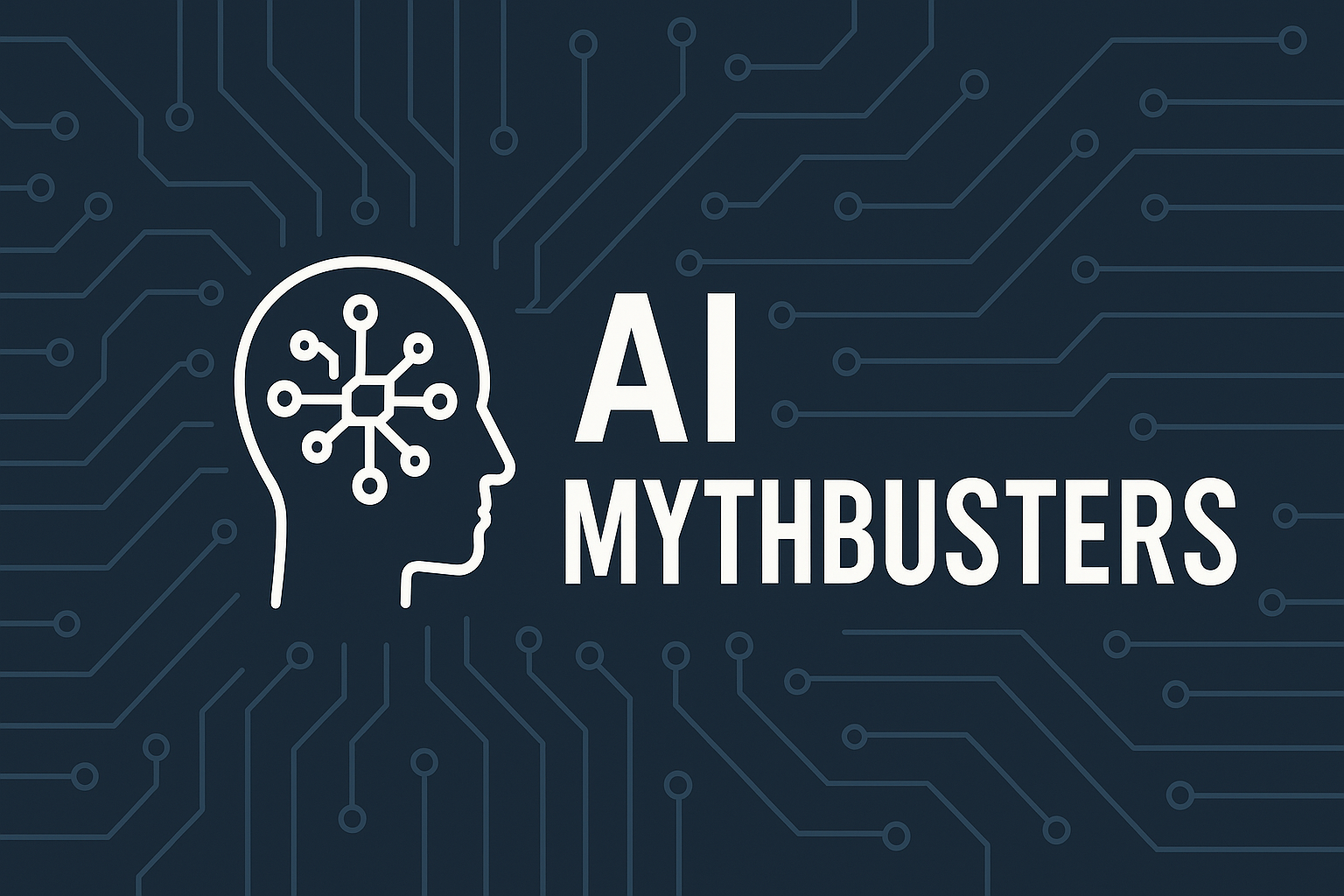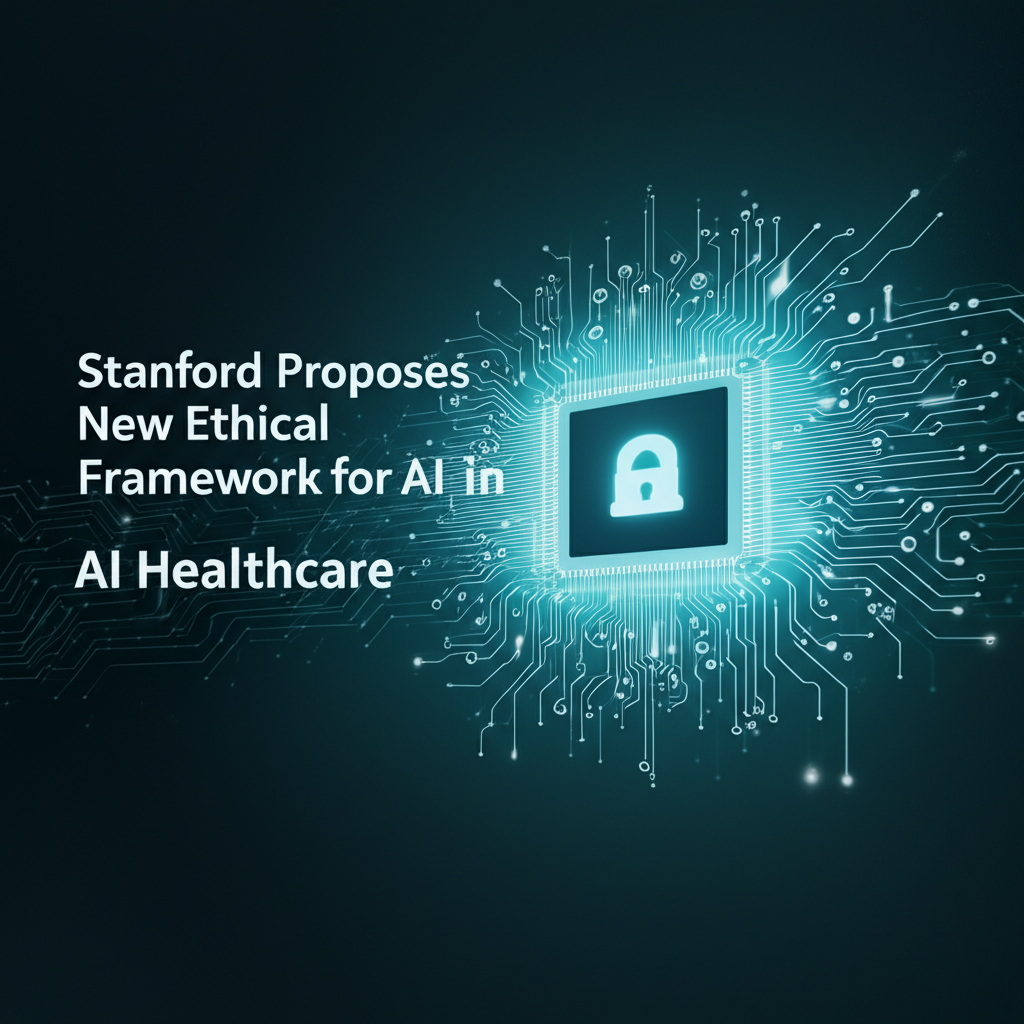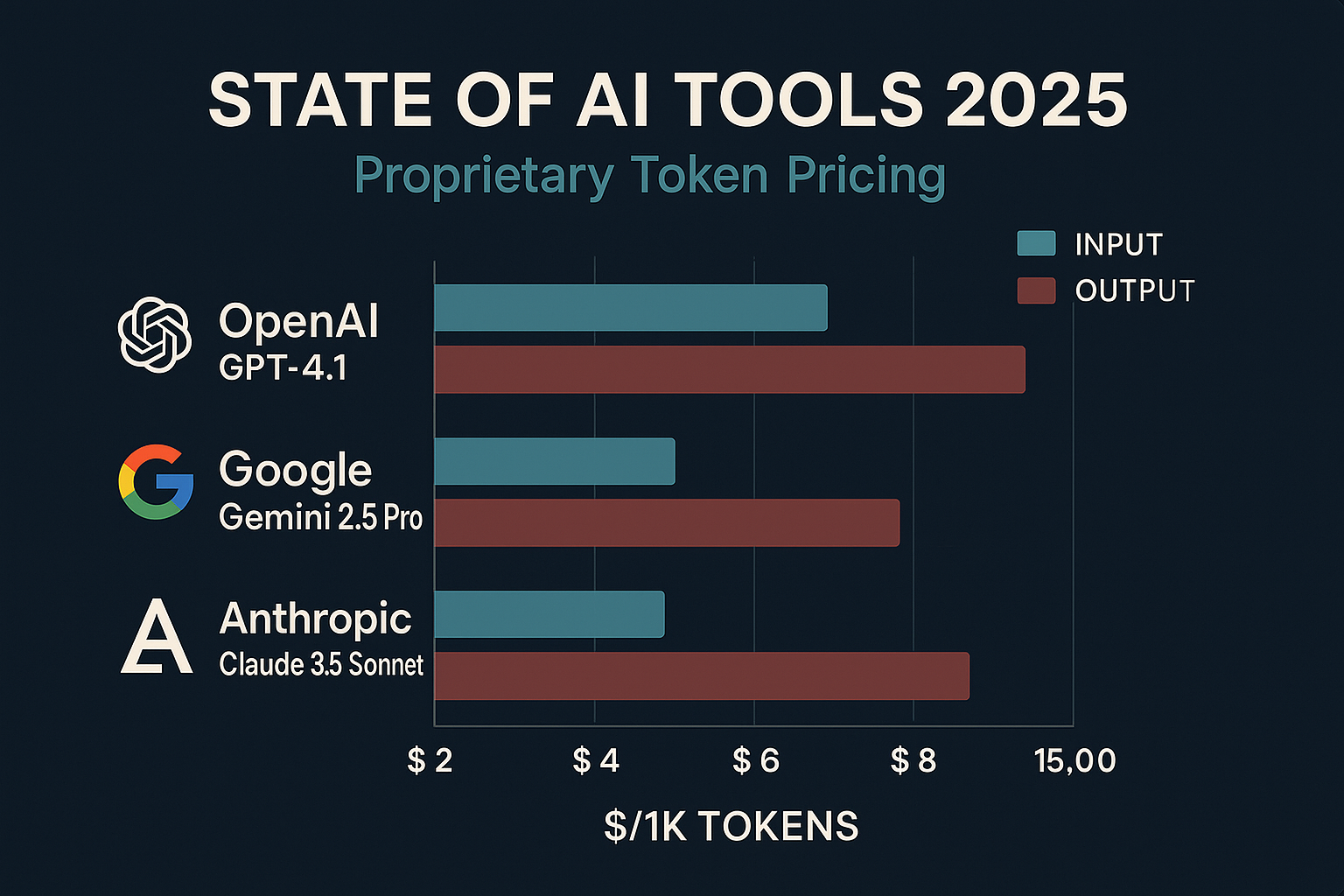AI Mythbusters: Debunking the Top 10 AI Misconceptions AI Fails Myths and Secrets

Artificial Intelligence (AI) is reshaping industries and transforming how we live and work. Yet, despite rapid advances, a swirl of myths and misconceptions still clouds public perception. In this comprehensive, SEO-optimized guide, we'll set the record straight on the top 10 AI myths of 2025-and equip you with actionable insights for adopting AI responsibly.
1. Myth: "AI Will Replace Every Human Job"
Reality Check:
Augmentation, Not Replacement: AI excels at automating repetitive tasks-data entry, basic customer support, or routine image tagging-but struggles with creativity, critical thinking, and empathy.
Job Evolution: Roles evolve: marketers leverage AI for campaign optimization, data scientists focus on model interpretability, and UX designers prioritize human-centric AI interfaces.
Statistical Insight: According to the World Economic Forum, 97 million jobs will be reinvented by AI by 2025, while only 85 million are expected to be displaced.
2. Myth: "AI Is Inherently Unbiased"
Reality Check:
Garbage In, Garbage Out: AI models mirror biases present in their training data. Facial-recognition systems, for example, have shown higher error rates for underrepresented ethnicities.
Mitigation Strategies: Employ diverse datasets, bias-auditing tools (e.g., IBM AI Fairness 360), and human-in-the-loop validation to ensure equitable outcomes.
Best Practices: Document data provenance, use fairness metrics (statistical parity, equalized odds), and publish bias-mitigation reports.
3. Myth: "AI Understands Context Like Humans"
Reality Check:
Pattern Matching vs. True Understanding: Large language models (LLMs) can generate contextually coherent text, but they lack genuine comprehension or common-sense reasoning.
Limitations: AI may hallucinate facts, misinterpret sarcasm, or fail at nuanced ethical decisions.
Hybrid Approaches: Combine symbolic reasoning or knowledge graphs (e.g., Neo4j + spaCy) with statistical models for more robust context-handling.
4. Myth: "Building AI Is Too Expensive for SMEs"
Reality Check:
Open-Source Ecosystem: Tools like Hugging Face Transformers, TensorFlow, and PyTorch reduce development costs to near zero.
Cloud-Based Services: AWS SageMaker, Google Vertex AI, and Azure Cognitive Services offer pay-as-you-go pricing, making AI accessible even for small teams.
Low-Code/No-Code Platforms: Solutions like DataRobot or Microsoft Power Automate empower non-developers to deploy AI workflows rapidly.
5. Myth: "More Data Always Means Better AI"
Reality Check:
Quality Over Quantity: Noisy, irrelevant, or imbalanced data can degrade model performance.
Data Curation: Invest in labeling, deduplication, and normalization. Techniques like active learning can optimize annotation budgets.
Synthetic Data: Augment small datasets with high-quality synthetic samples generated via GANs or diffusion models.
6. Myth: "AI Will Achieve Consciousness Soon"
Reality Check:
No Evidence of Sentience: Current architectures lack self-awareness, intentionality, or emotions. They execute statistical transformations, not thoughts.
Philosophical Debate: Consciousness remains an unsolved question in neuroscience and philosophy-far beyond engineering milestones.
Focus on Narrow AI: The industry roadmap prioritizes domain-specific solutions (computer vision, NLP, recommendation systems) rather than general artificial consciousness.
7. Myth: "AI Projects Always Fail"
Reality Check:
Successful Use Cases: Fraud detection in finance, predictive maintenance in manufacturing, and personalized learning in EdTech demonstrate ROI.
Key Success Factors: Clear business objectives, cross-functional teams, iterative MVP development, and strong data governance.
Pitfall Avoidance: Avoid "pilot purgatory" by defining success metrics (precision/recall targets), securing executive buy-in, and planning for scalability from Day 1.
8. Myth: "AI Is a 'Black Box' You Can't Trust"
Reality Check:
Explainable AI (XAI): Tools like SHAP, LIME, and integrated gradients shed light on model decisions.
Regulatory Pressure: GDPR's "right to explanation" and emerging AI regulations (EU AI Act) mandate transparency in high-risk applications.
Human Oversight: Implement governance frameworks to review model outputs and intervene when necessary.
9. Myth: "Only Big Tech Giants Can Innovate in AI"
Reality Check:
Vibrant Startup Ecosystem: Hundreds of AI startups focus on niche problems-precision agriculture, mental-health chatbots, or supply-chain optimization.
Academic Collaborations: Universities open-source cutting-edge research; Kaggle competitions democratize access to real-world problems.
Community Projects: Collaborative initiatives (OpenAI's OpenAI API, EleutherAI) enable broad participation in model development.
10. Myth: "AI Implementation Is a One-Time Effort"
Reality Check:
Continuous Lifecycle: Data drifts, model degradation, and evolving business needs require ongoing monitoring, retraining, and governance.
MLOps Culture: Adopt CI/CD pipelines for ML (Kubeflow, MLflow), automated data validation, and performance alerting.
Cross-Team Collaboration: Align data engineers, ML engineers, DevOps, and business stakeholders for seamless updates and improvements.
Conclusion & Next Steps
By debunking these AI myths, you're better positioned to leverage artificial intelligence effectively and responsibly. Focus on:
Setting Clear Objectives: Align AI initiatives with measurable business goals.
Building Robust Data Foundations: Prioritize data quality, diversity, and governance.
Embracing Transparency: Adopt explainability tools and ethical frameworks.
Iterating Continuously: Treat AI as a living system-monitor, retrain, and refine.
Ready to dive deeper? Explore our detailed tutorials on NLP Fundamentals, AI Ethics, and MLOps Best Practices-and join the conversation in our newsletter for the latest insights!


